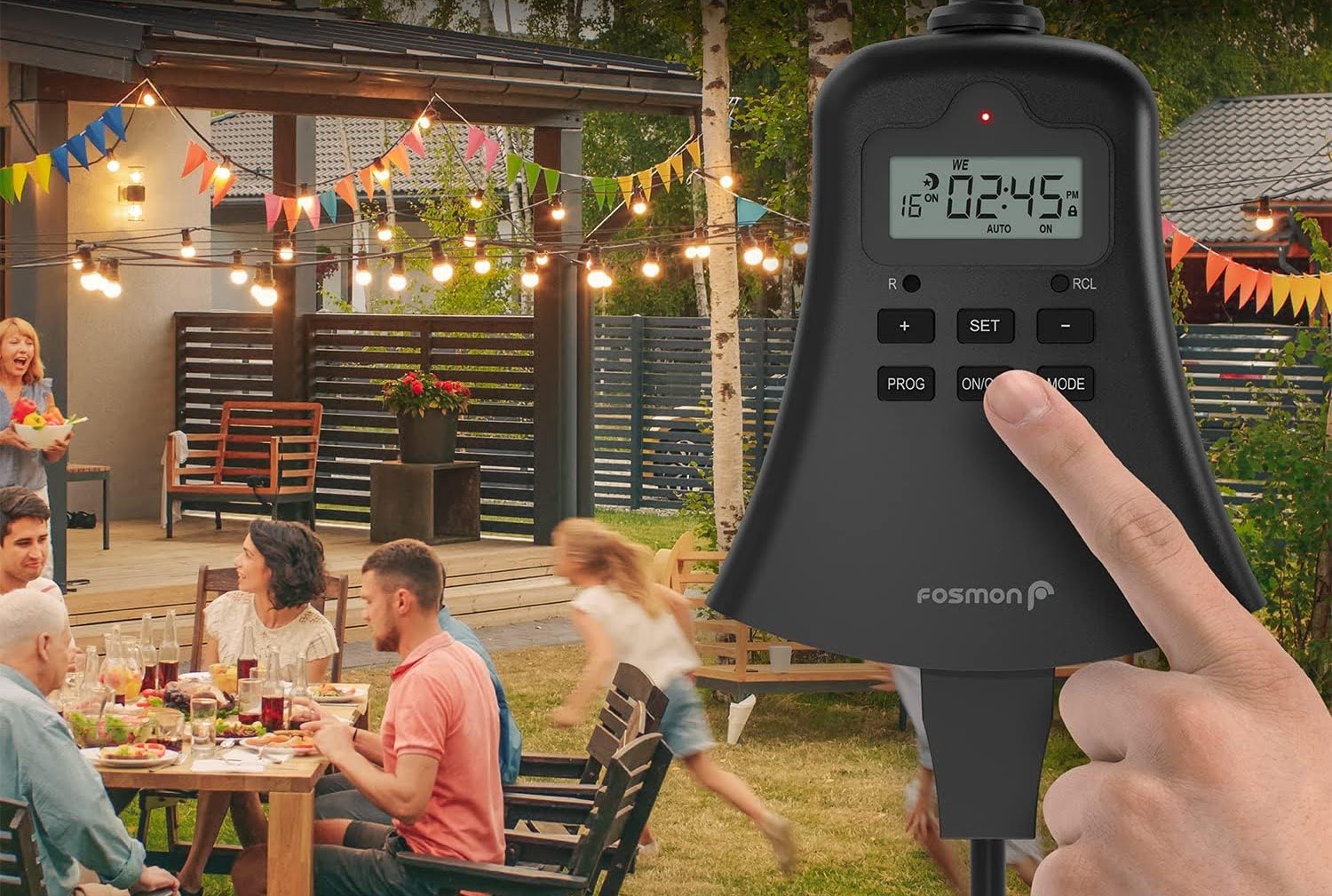

Articles
How To Set Porch Light Timer
Modified: October 20, 2024
Learn how to set a porch light timer with our informative articles. Save energy and enhance home security with these simple steps.
(Many of the links in this article redirect to a specific reviewed product. Your purchase of these products through affiliate links helps to generate commission for Storables.com, at no extra cost. Learn more)
Introduction
Welcome to our comprehensive guide on how to set a porch light timer. Porch light timers are an essential tool for enhancing the security and functionality of your outdoor lighting. Whether you want to ensure that your porch light turns on automatically at dusk or create a deterrent against potential intruders by having your lights turn on and off at various times, a porch light timer can simplify and automate this process.
In this article, we will delve into the world of porch light timers, exploring their different types and functions. We will provide you with a step-by-step guide to setting up a porch light timer, as well as troubleshooting tips for common issues you may encounter. Additionally, we will share some best practices for maximizing the efficiency and longevity of your porch light timer. So, let’s get started!
Key Takeaways:
- Enhance your home’s security and convenience with a porch light timer, automating your outdoor lighting to deter intruders and create the illusion of occupancy when you’re away.
- Choose the right porch light timer for your needs, whether it’s a mechanical, digital, smart, solar-powered, or combination timer, and follow a step-by-step guide to easily set it up and program it for optimal functionality.
Read more: How To Set Outdoor Light Timer
Understanding Porch Light Timers
Before we dive into setting up a porch light timer, it’s important to have a clear understanding of what exactly it is and how it works. Simply put, a porch light timer is a device that allows you to control when your outdoor lights turn on and off automatically. It eliminates the need for manual operation and provides added convenience and security.
Porch light timers typically come in two main types: mechanical timers and digital timers.
- Mechanical Timers: These are the more traditional type of porch light timers and are often referred to as “dial timers.” They feature a rotating dial with pins or segments that can be set to indicate the desired on/off times. Mechanical timers are versatile and intuitive to use.
- Digital Timers: As technology has advanced, digital porch light timers have become more popular. These timers offer greater flexibility and precision in setting your desired on/off times. They often come with additional features such as programmable schedules and randomization options to simulate occupancy.
Both types of timers have their advantages and disadvantages, so it’s important to choose the one that best suits your needs and preferences.
Some porch light timers also come with built-in light sensors, which detect the level of ambient light and automatically adjust the on/off times accordingly. This feature is especially useful for those who want their porch lights to activate at dusk and turn off at dawn without the need for manual adjustments.
By using a porch light timer, you can not only save energy but also create an illusion of occupancy when you’re away from home for extended periods. This can help deter potential intruders and enhance the security of your property.
Now that you have a better understanding of porch light timers and their various features, let’s move on to the practical steps of setting up and programming a porch light timer.
Types of Porch Light Timers
When it comes to porch light timers, there are several different types to choose from. Each type has its own unique features and benefits, catering to different preferences and needs. Let’s take a closer look at the most common types of porch light timers:
- Mechanical Timers: As mentioned earlier, mechanical timers are the more traditional type of porch light timers. They use a rotating dial with pins or segments that can be manually set to indicate the desired on/off times. Mechanical timers are simple and reliable, making them a popular choice for many homeowners. However, they may lack the advanced features and programming options found in digital timers.
- Digital Timers: Digital porch light timers have gained popularity due to their advanced features and flexibility. These timers often come with an LCD or LED display that allows for precise programming of on/off times. Digital timers may offer features such as programmable schedules, randomization options, and a built-in battery backup to retain settings during power outages. They are typically more expensive than mechanical timers but provide greater control and convenience.
- Smart Timers: With the rise of smart home technology, you can now find porch light timers that can be controlled remotely and integrated into your home automation system. These smart timers can be programmed and controlled using a smartphone app or connected to voice assistants like Amazon Alexa or Google Assistant. Smart timers offer the convenience of remote access and the ability to customize settings from anywhere.
- Solar-Powered Timers: For those looking for an eco-friendly option, solar-powered porch light timers are a great choice. These timers harness energy from the sun to power the lights, eliminating the need for batteries or electrical connections. Solar-powered timers are not only environmentally friendly but also cost-effective in the long run.
- Combination Timers: Some porch light timers combine multiple functionalities, such as combining a motion sensor with a timer. These combination timers detect movement and automatically turn on the lights, providing added security and convenience. They are ideal for areas where you want the lights to activate only when motion is detected.
Choosing the right type of porch light timer depends on your specific needs and preferences. Consider factors such as budget, desired features, and the level of control you want over your outdoor lighting system. By selecting the right porch light timer, you can enhance the functionality and security of your porch lights.
Step-by-Step Guide to Setting a Porch Light Timer
Now that you have a good understanding of porch light timers and their types, let’s walk through the step-by-step process of setting up and programming a porch light timer:
- Choose the Right Timer: Determine which type of porch light timer best suits your needs and purchase one that fits your requirements.
- Read the Instructions: Take the time to carefully read the instructions that come with your porch light timer. Familiarize yourself with its features, buttons, and programming methods.
- Turn off the Power: Before you begin installation, make sure to turn off the power to your porch light at the circuit breaker or fuse box. This will ensure your safety while working with electrical connections.
- Remove the Existing Switch: If you already have a manual switch for your porch light, remove it from the wall using a screwdriver. Disconnect the electrical wires from the switch, but be sure to make note of which wires are connected to which terminals.
- Connect the Timer: Follow the instructions provided with your porch light timer to properly connect it to the electrical wiring. Most timers will have specific terminals or wire connectors for hot/live, neutral, and load wires. Use wire nuts or screws to secure the connections.
- Set the Date and Time: For digital timers, set the current date and time using the buttons or touchscreen interface. This will allow the timer to accurately control your porch light based on the programmed schedule.
- Program the On/Off Times: Now it’s time to program the desired on/off times for your porch light. Follow the instructions provided with your specific timer to set the schedule you prefer. Some timers may allow you to set different schedules for weekdays and weekends as well.
- Fine-Tune the Settings: Depending on the features of your porch light timer, you may have additional settings to customize. This could include options such as randomization to simulate occupancy or adjusting the sensitivity of the built-in light sensor.
- Test the Timer: Once you have completed the programming, turn on the power to your porch light and verify that the timer functions as expected. Observe the light turning on and off according to the programmed schedule.
- Make Adjustments if Needed: If you find that the timing or settings are not to your liking, consult the user manual to make any necessary adjustments. Some timers may offer the ability to override the programmed schedule temporarily or provide additional customization options.
By following these step-by-step instructions, you can easily set up and program a porch light timer to automate your outdoor lighting and enhance the security and convenience of your home.
When setting a porch light timer, make sure to choose a timer that is weatherproof and suitable for outdoor use. Set the timer to turn the light on at dusk and off at a time when it is still convenient for you.
Troubleshooting Common Issues with Porch Light Timers
While porch light timers are generally reliable and easy to use, you may encounter some common issues from time to time. Here are a few troubleshooting tips to help you address these problems:
- Timer Not Turning On or Off: If your porch light timer is not functioning as expected, check the power source. Ensure that the timer is receiving power and that the electrical connections are secure. Sometimes, resetting the timer or replacing the batteries can solve the issue.
- Incorrect Time or Date: If your digital porch light timer is displaying the wrong time or date, review the programming steps in the user manual. Make sure you have correctly set the current time and date, and adjust as needed. If the timer does not have a built-in battery backup, power outages may cause the time settings to reset.
- Lights Not Turning On at the Correct Time: If your porch lights are not activating at the desired time, ensure that you have properly programmed the on/off schedule. Double-check the days of the week and AM/PM settings. If you have a light sensor feature, make sure it is not obstructed by any objects that could affect its functionality.
- Inconsistent or Intermittent Operation: If your porch light timer is functioning inconsistently or turning on and off randomly, check for any loose electrical connections. Sometimes, electrical interference or faulty wiring can cause this issue. It may also be helpful to reset the timer to its factory defaults and reprogram it from scratch.
- Timer Display is Not Clear: If the display on your digital porch light timer is not clear or is showing scrambled characters, check the battery level if it is battery-powered. If the issue persists, consider replacing the batteries or contacting the manufacturer for further assistance.
- Motion Sensor Not Detecting Movement: If you have a porch light timer with a built-in motion sensor and it is not detecting movement, check if there is something obstructing the sensor’s field of view. Make sure the sensor is clean and free from dust or debris that could impede its functionality. Adjust the sensitivity settings if necessary.
If you are experiencing issues with your porch light timer that cannot be resolved through troubleshooting, consult the user manual or contact the manufacturer’s customer support for assistance. They will be able to provide specific guidance and solutions tailored to your timer model.
By addressing common issues and taking appropriate troubleshooting steps, you can ensure optimal performance and functionality of your porch light timer.
Read more: How To Set Lights On A Timer With Alexa
Tips and Best Practices for Using Porch Light Timers
To make the most out of your porch light timer and maximize its benefits, here are some useful tips and best practices to keep in mind:
- Choose the Right Timing: Consider the purpose of your porch lights and the desired level of security when programming the on/off times. For example, if you want to create a deterrent against intruders, setting the lights to turn on and off at different times throughout the evening can give the illusion of occupancy.
- Combine Timers with Motion Sensors: If your porch light timer supports it, consider using it in conjunction with motion sensors. This combination ensures that the lights turn on automatically when motion is detected, providing enhanced security and convenience.
- Regularly Check and Adjust Timers: Periodically review and adjust your porch light timer settings to accommodate seasonal changes in daylight hours. As the days become shorter or longer, you may need to update the schedule to ensure that the lights activate at appropriate times.
- Utilize Randomization Feature: If your timer offers a randomization feature, enable it to simulate human presence. Randomly varying the on/off times can make your home appear occupied even when you’re away, discouraging potential burglars.
- Maintain Proper Lighting Levels: Consider the brightness of your porch lights and adjust them according to your needs and preferences. Bright lights can improve visibility and security, while dimmer lights can create a cozy and welcoming ambiance.
- Routine Maintenance: Regularly clean and inspect your porch lights and timers to ensure optimal performance. Remove any dust or debris that may accumulate on the lights or sensor areas, as this can affect their functionality. Replace any burnt-out bulbs promptly.
- Keep Timer Controls Accessible: When installing your porch light timer, choose a location that allows easy access for programming or adjusting settings. This will make it convenient for you to make changes as needed without any hassle.
- Consider Energy Efficiency: Opt for energy-efficient LED bulbs for your porch lights. LED bulbs consume less energy, last longer, and provide ample illumination. This not only saves on energy costs but also reduces environmental impact.
- Backup Power: If your porch light timer does not have a built-in battery backup, consider installing an uninterruptible power supply (UPS) to ensure that the timer retains its programming during power outages.
- Take Advantage of Smart Features: If you have a smart porch light timer, explore its additional features and capabilities. Connect it to your home automation system, create customized schedules, and control it remotely using smartphone apps for added convenience.
By following these tips and best practices, you can optimize the functionality and effectiveness of your porch light timer, enhancing both the security and aesthetics of your outdoor lighting.
Conclusion
In conclusion, a porch light timer is a valuable tool for automating and enhancing the functionality of your outdoor lighting. Whether you want to improve security, create an inviting atmosphere, or save energy, a porch light timer is an essential addition to your home.
Throughout this comprehensive guide, we have covered the various types of porch light timers, including mechanical, digital, smart, solar-powered, and combination timers. Each type offers its own set of features and benefits, allowing you to choose the one that best suits your needs and preferences.
We have also provided you with a step-by-step guide on how to set up and program a porch light timer. From choosing the right timer to programming the desired on/off times, our guide will help you navigate the process with ease.
Additionally, we discussed troubleshooting common issues that you may encounter with your porch light timer. By following the suggested troubleshooting tips, you can quickly resolve any problems and ensure the optimal performance of your timer.
Lastly, we shared some valuable tips and best practices for using porch light timers. These tips, such as setting appropriate timing, utilizing motion sensors, and maintaining proper lighting levels, will help you get the most out of your porch light timer and enhance your overall outdoor lighting experience.
Remember, a well-programmed porch light timer can not only improve the security of your home but also provide convenience, energy savings, and a welcoming ambiance for your outdoor spaces.
So, go ahead and install a porch light timer today to enjoy the benefits of automated outdoor lighting. Whether you’re away from home or simply want to simplify your daily routine, a porch light timer is a valuable investment that will enhance the functionality and aesthetics of your outdoor lights for years to come.
Frequently Asked Questions about How To Set Porch Light Timer
Was this page helpful?
At Storables.com, we guarantee accurate and reliable information. Our content, validated by Expert Board Contributors, is crafted following stringent Editorial Policies. We're committed to providing you with well-researched, expert-backed insights for all your informational needs.
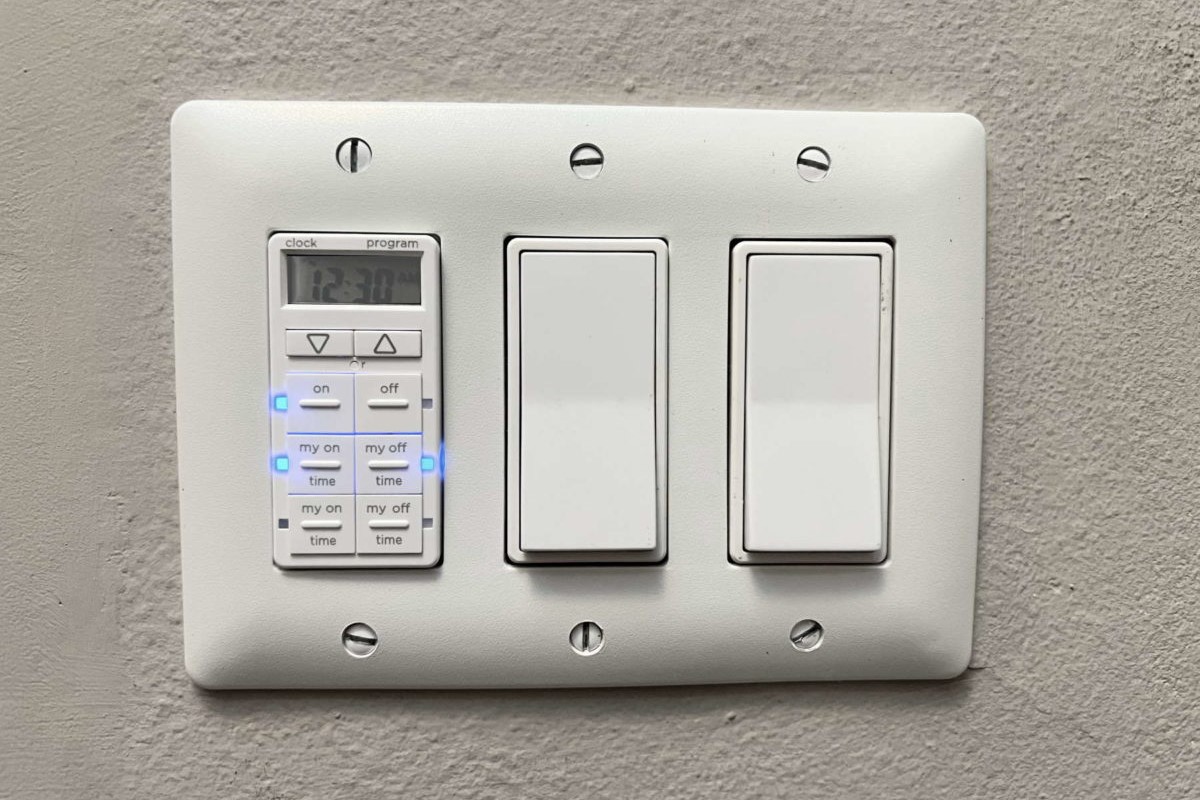
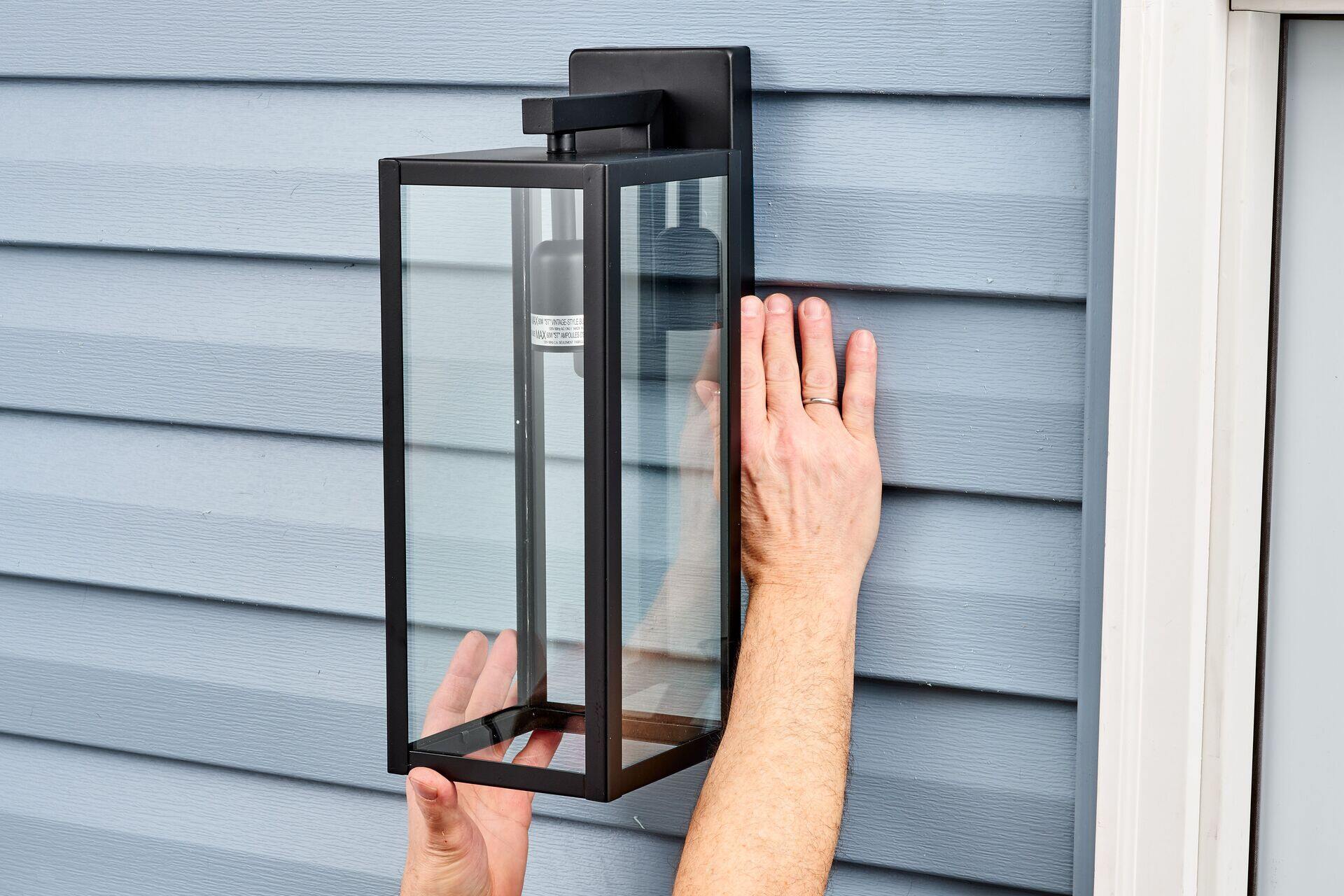
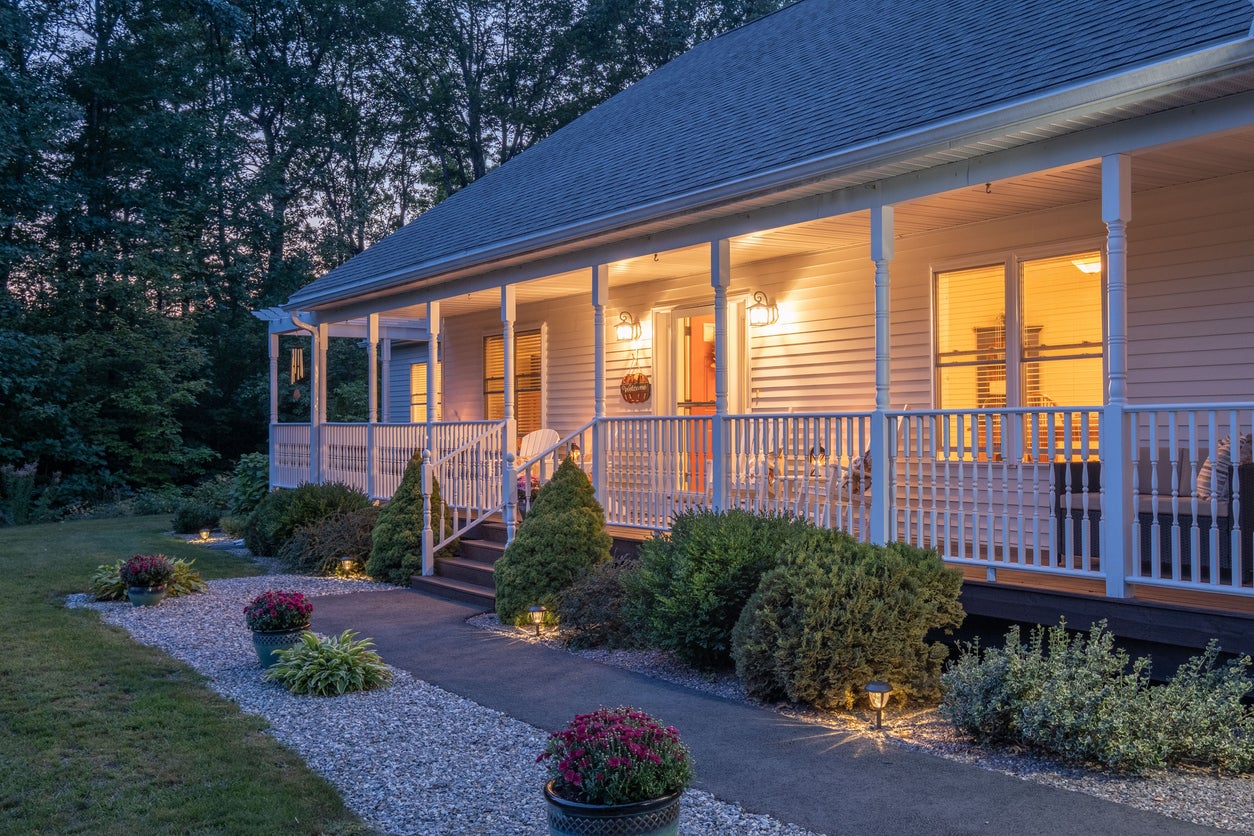

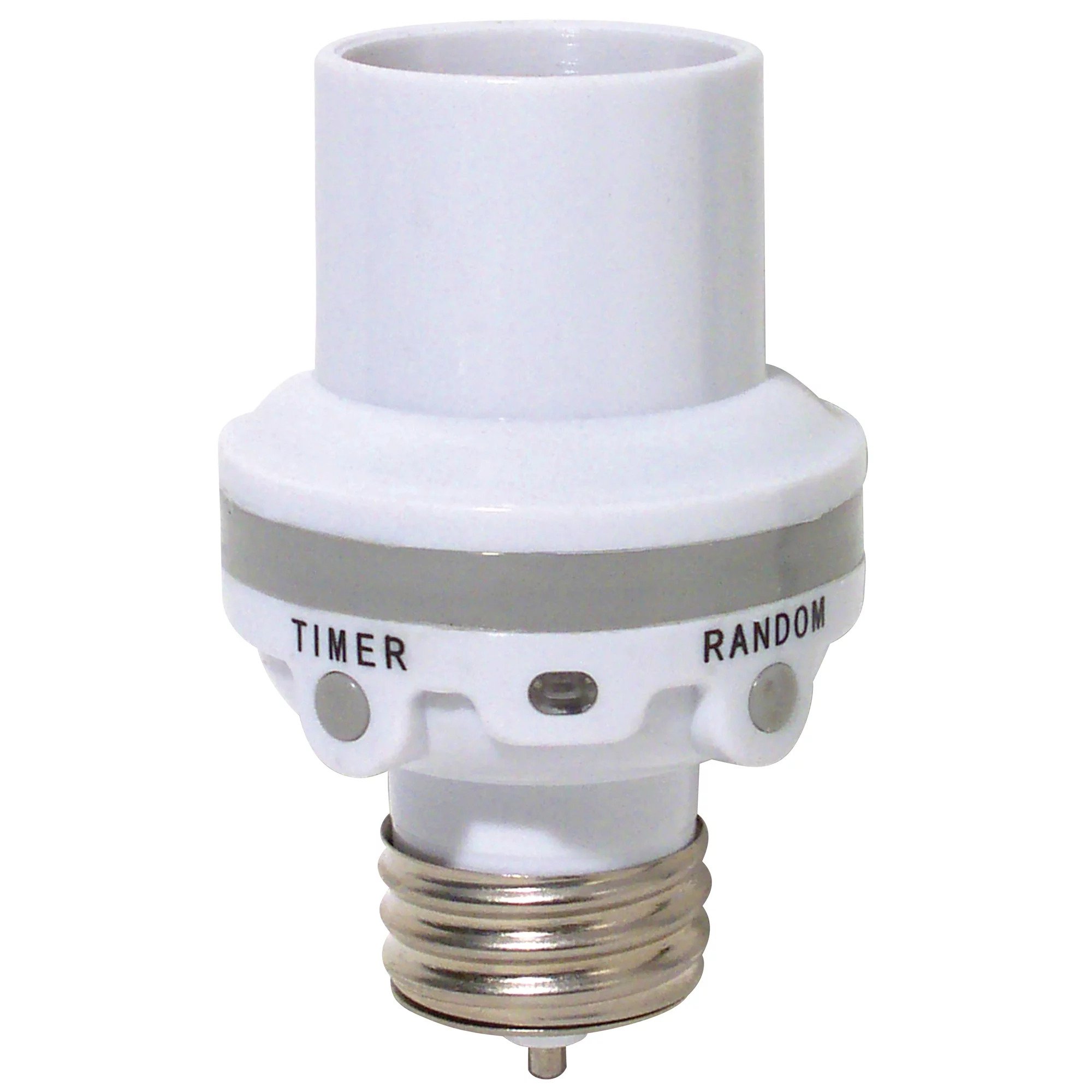
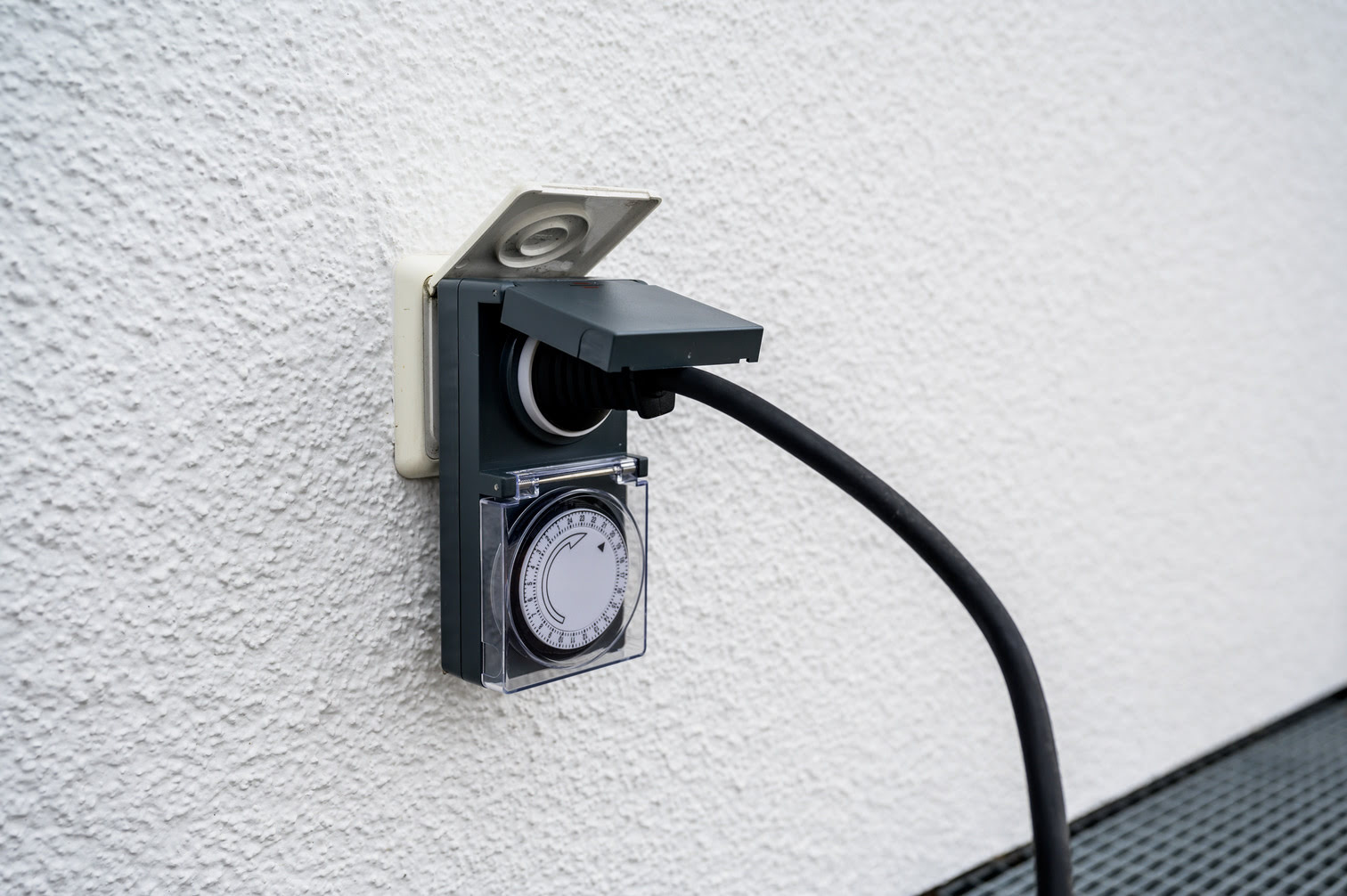
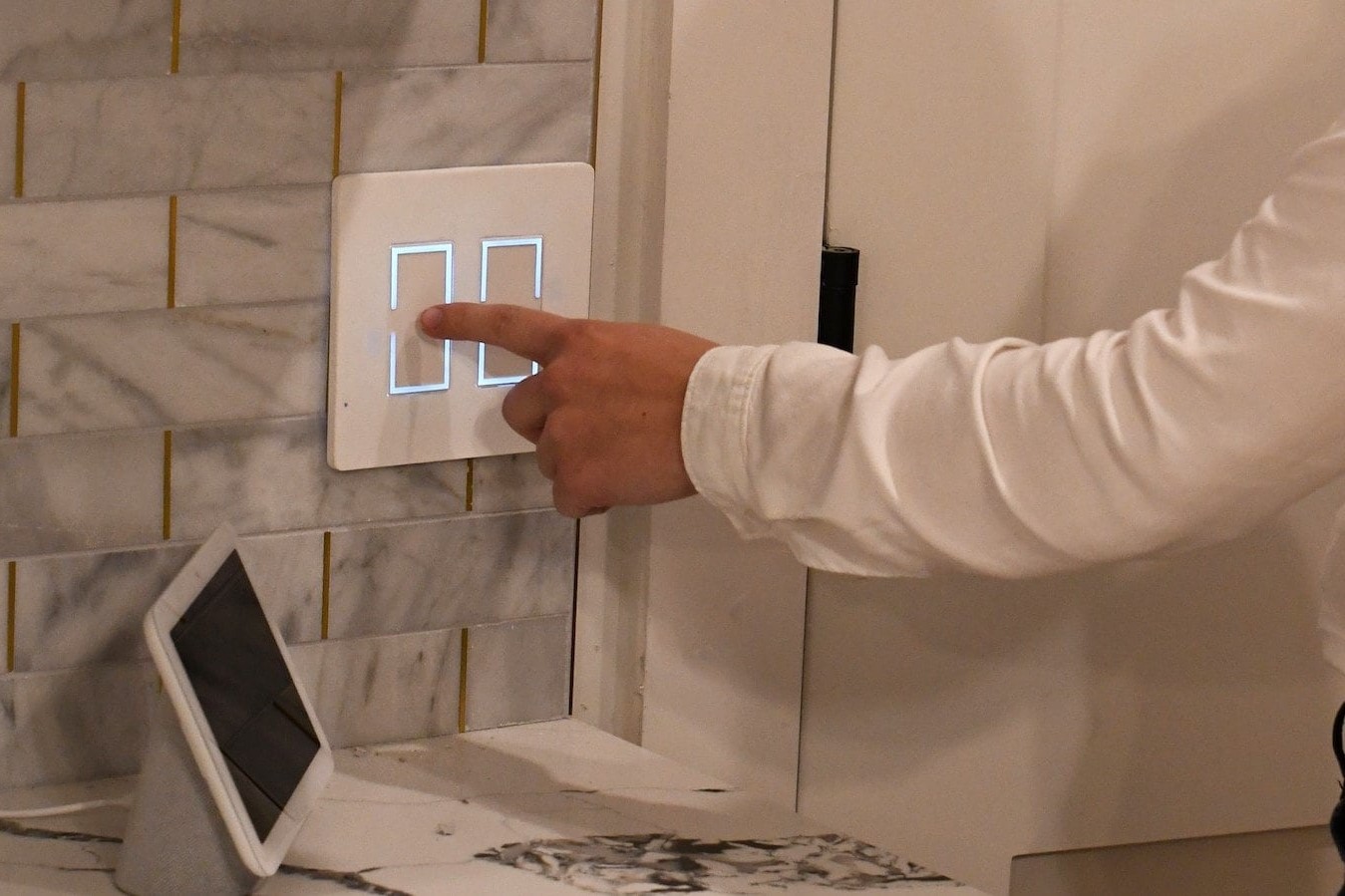
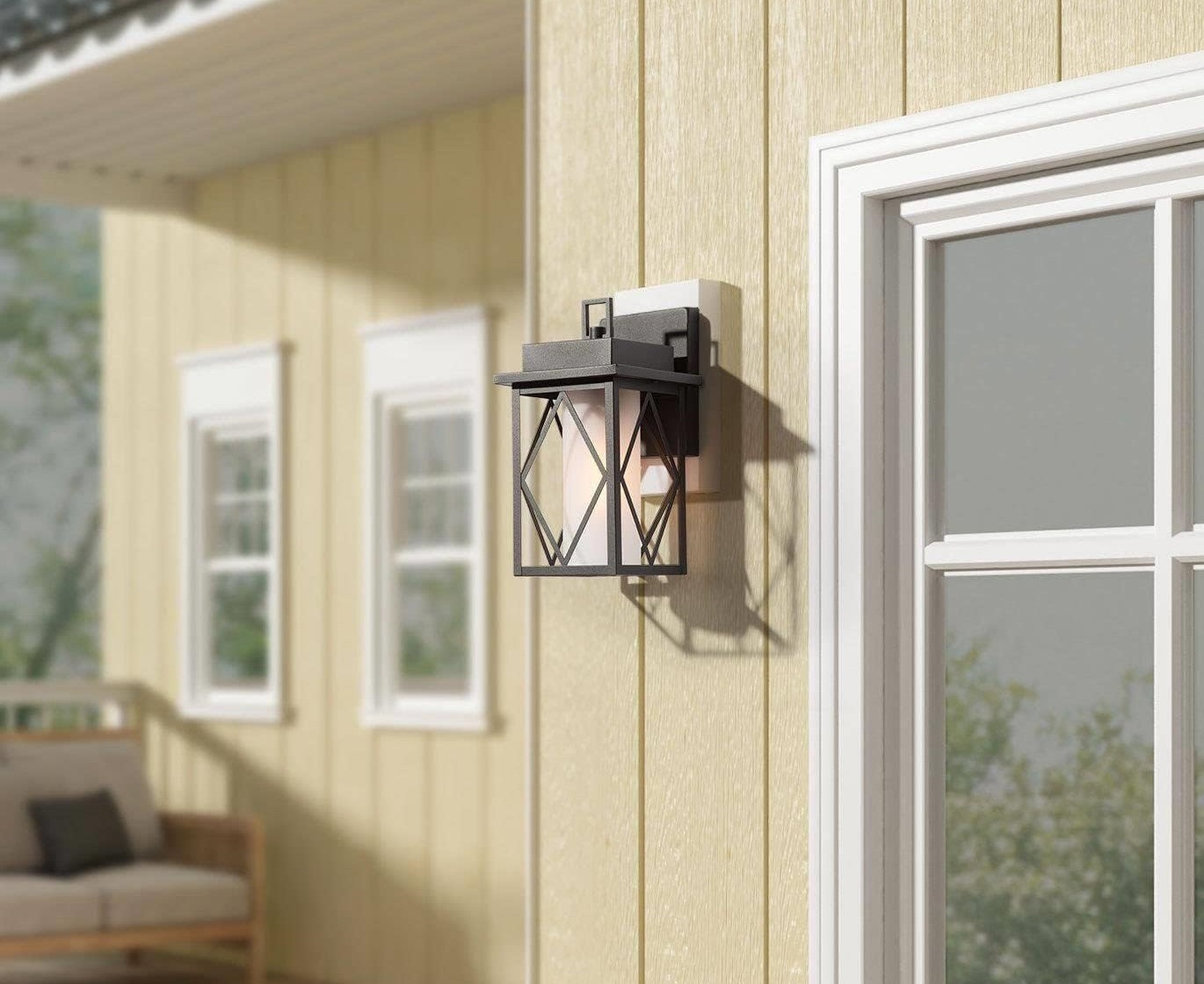
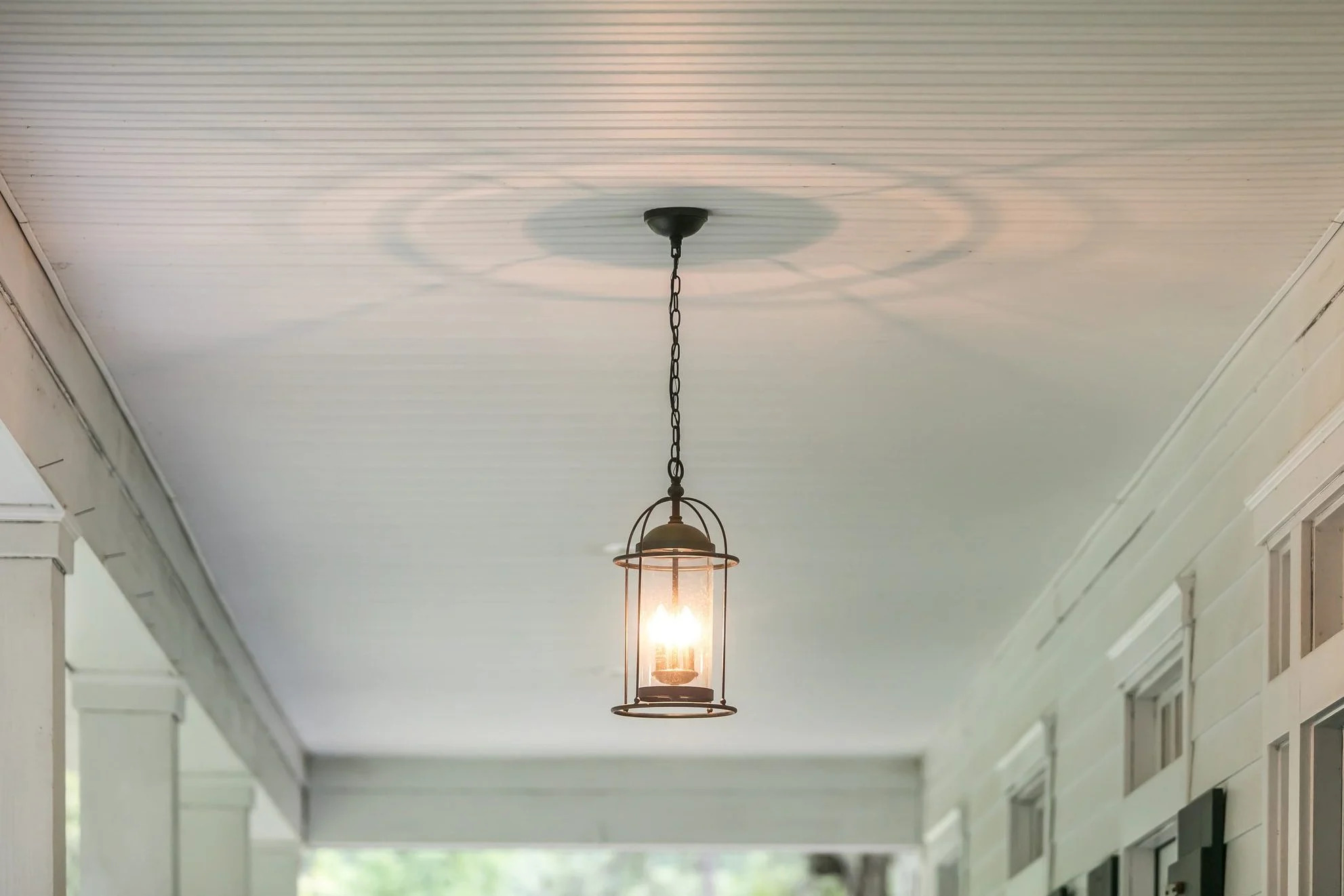
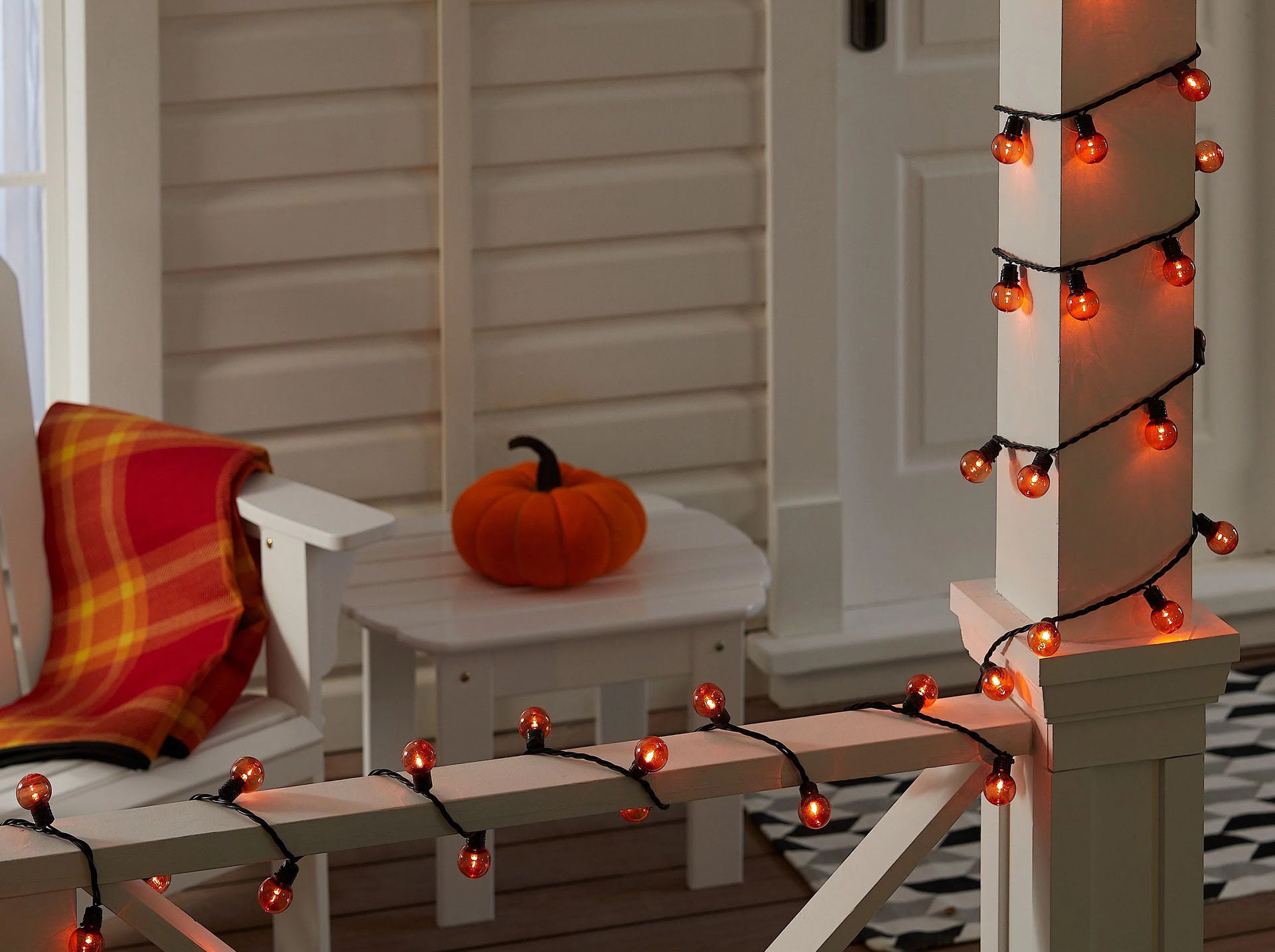
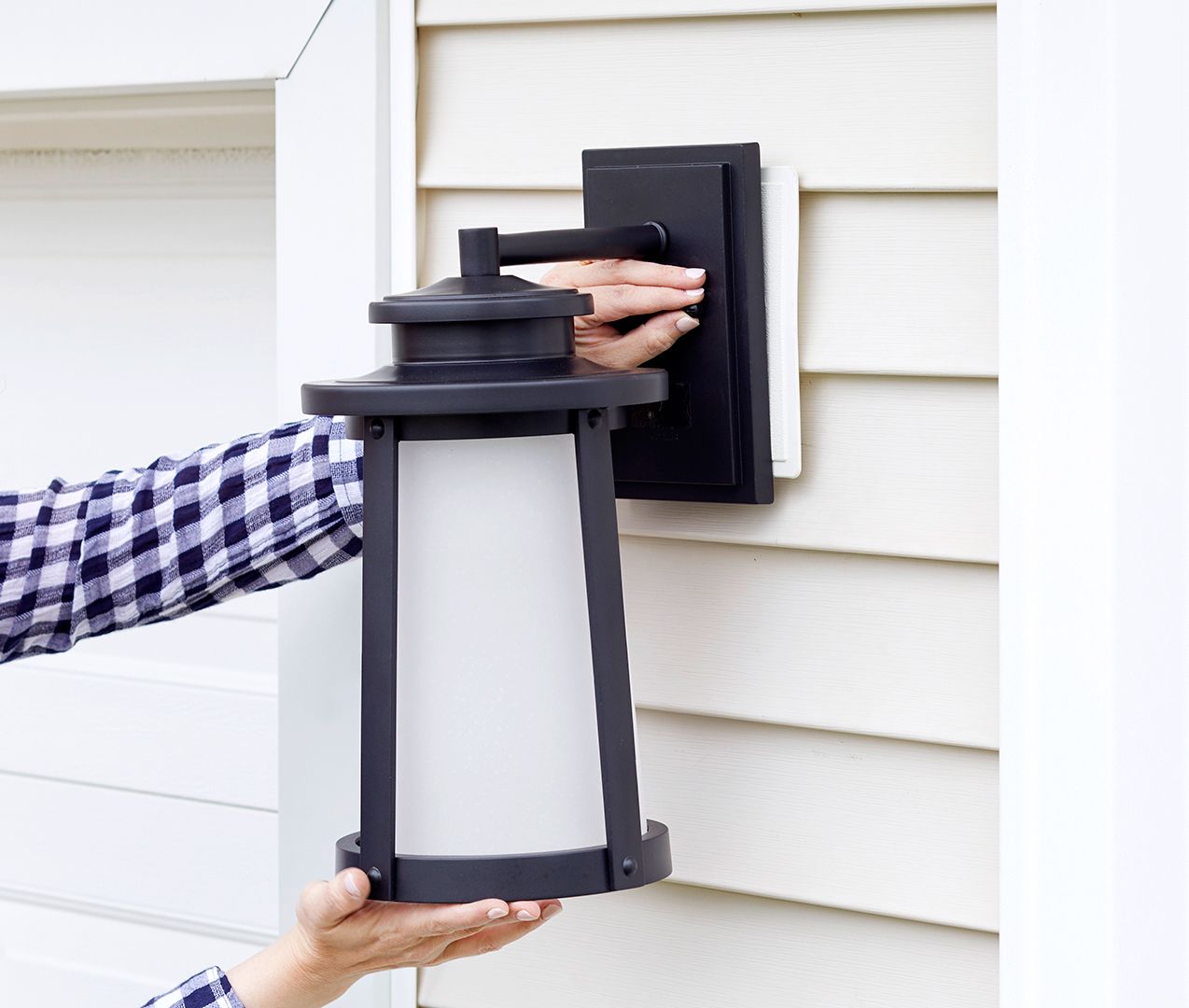
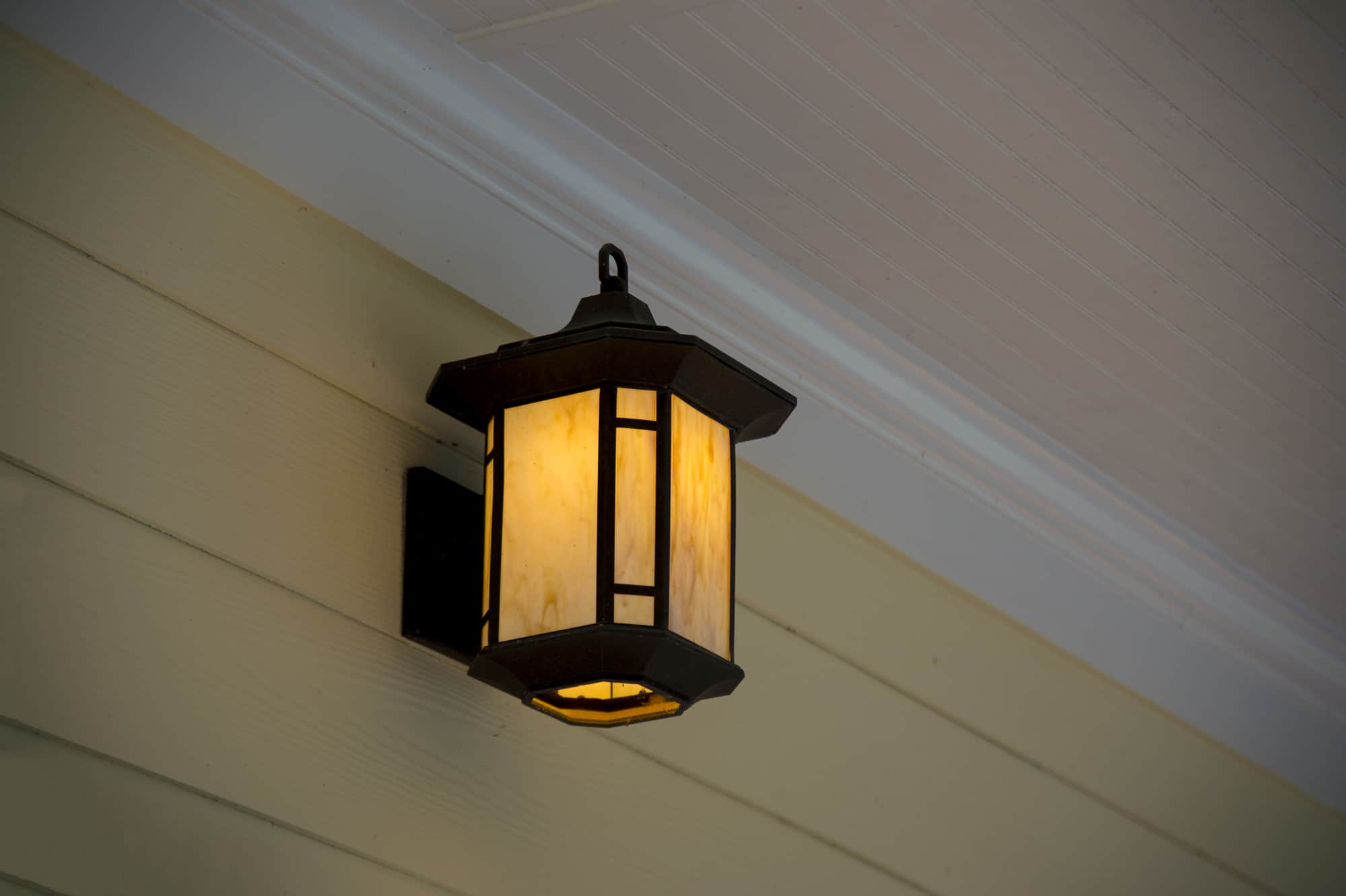
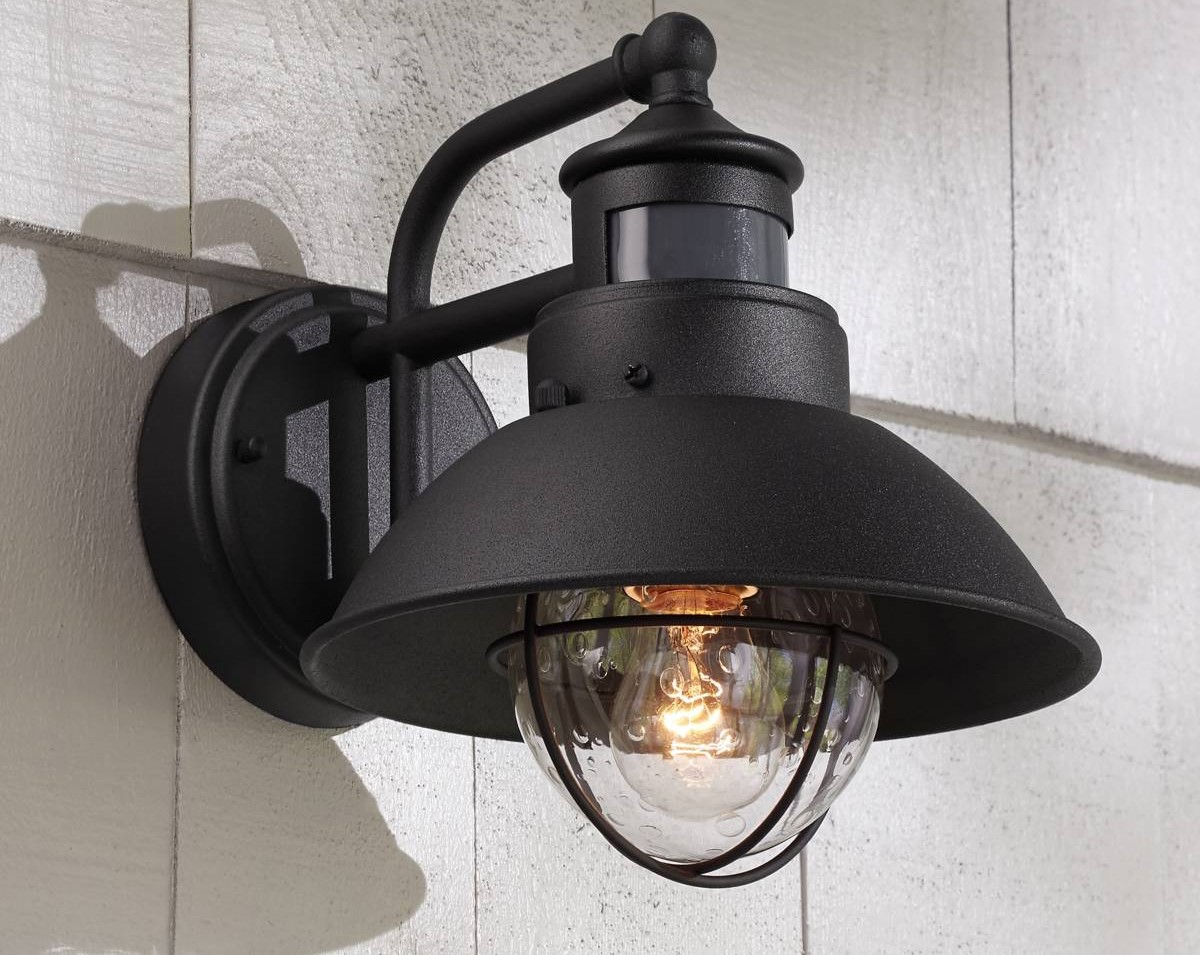
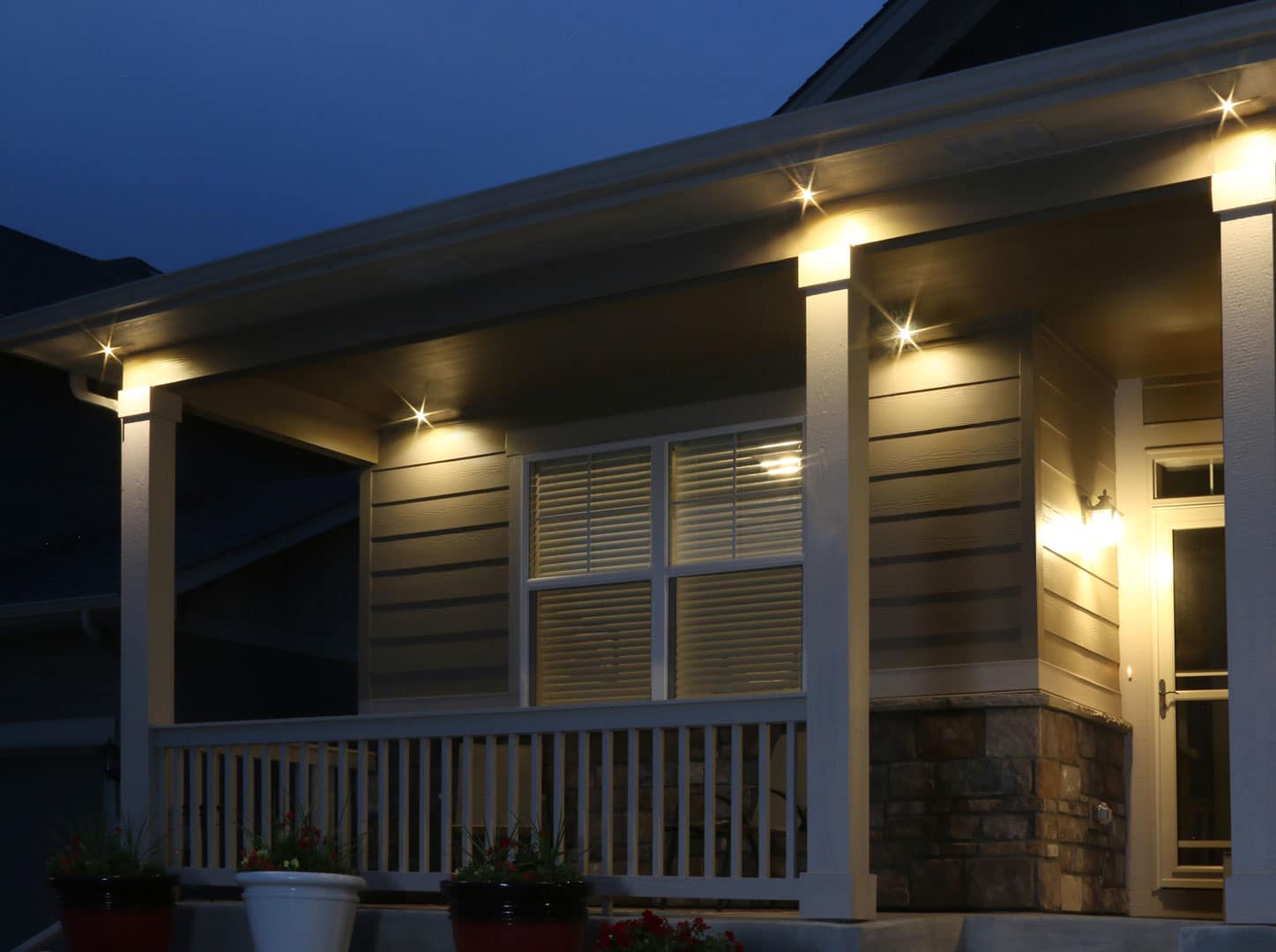

0 thoughts on “How To Set Porch Light Timer”